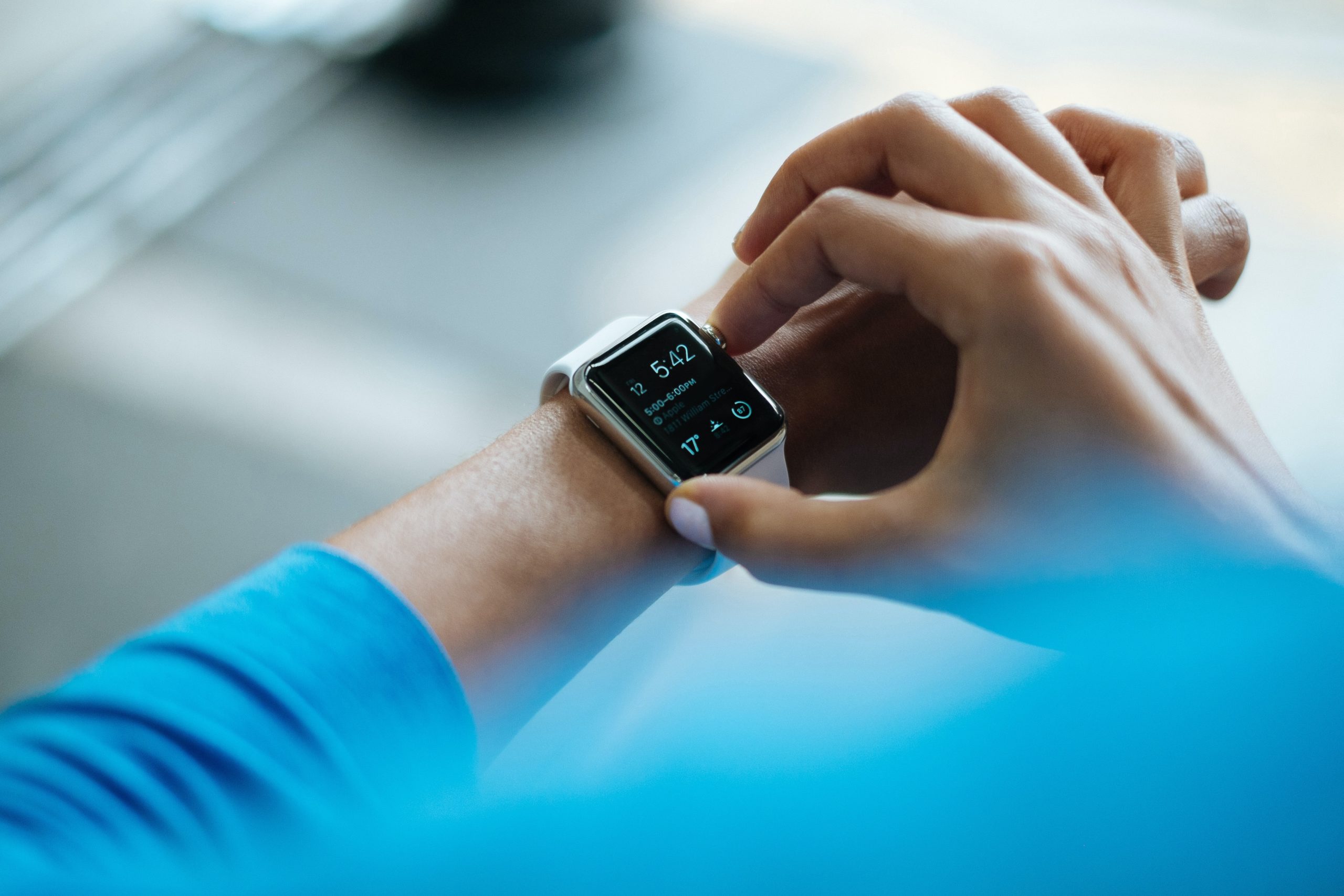Technology has been a major game-changer in our lives. The way we live now and the way people used to live even a decade ago has a sharp contrast. Today, one can see the influence of technology in every industry. From healthcare to education, there has been a paradigm shift in the last few years, all thanks to technological innovation.
It is no wonder that technology will shape the fitness industry too. From fitness bands to wearables to devices controlled by artificial intelligence, there are a lot of upcoming trends for the 2020s.

Artificial Intelligence
There was a time when your coach in school used to push and motivate you to take your fitness to the next level. Be it extra sets of pushups or additional laps of swimmings, your trainer ensured you reached the next level. But now that you’re out of school, how do you work on your fitness regime without a personal coach?
To address this gap, fitness companies are coming up with AI-enabled personal coaching and fitness. For example, AI programmed sensors can be put on your clothes and can give you highly specific instructions to help you reach your fitness goal.
Wearables
Wearables have been around for a while, but they really took off with the Apple Watch. While they started on your wrist, wearable fitness help can now be worn anywhere on the body from yoga pants to eyewear. Predictions reveal that while wristbands will fall from the market, smart clothing will take the place of prominence.

Better and Better Apps
As lives get busier, the need for a more flexible way to exercise is growing. The global market size of fitness apps will reach over $14.7B by 2026, according to a study. People have little time to go to a traditional gym. Many people also prefer to have a fitness coach to guide their exercise regime on the go.
As new wearables are designed and become available on the market, it won’t be surprising to see massive growth in mobile app usage. By the end of 2020, mobile apps will integrate online fitness classes so that one can choose to join any fitness class or program, irrespective of their location. It will also help to do your favorite workouts on the go. This syncs perfectly with our otherwise busy schedule.
The new and improved apps will also have a plethora of benefits for the instructors. With the help of these apps, your instructor can monitor and instruct you better.
While some apps work in sync with wearables, there are some standalone apps too that work great for fitness enthusiasts. These apps not only keep a track of your calories burned but will also work as your nutritionist. In short, the new apps will revolutionize the way we stay fit. Look out for the fitness apps with top ratings and get started.

Home Fitness
We have come a long way from at-home fitness videotapes. Today, technology has reformed the fitness industry completely. From a virtual yoga studio to stationary bike ride-alongs, you can indulge yourself in a lot of technology-driven fitness solutions.
As technology evolves and high-speed internet connection becomes widely available, it can be expected to see tremendous growth in virtual fitness training and coaching. Certain technological solutions also let the consumer simulate the experience by listening to the AI-driven personal coach through the headphones! With so much advanced technology available, there is no excuse to not exercise at home.
Remember, this is just the tip of the iceberg. As we progress and see new technology and innovations, home fitness is going to be largely technology-driven in the coming years.

Embracing the New Wave of Fitness Tech
Technology is evolving and new solutions are becoming seamlessly available. We should also remember nothing can replace face-to-face interactions. While lifestyle will become more convenient with new technologies spurring in, the onus lies with the consumers to use it responsibly.





